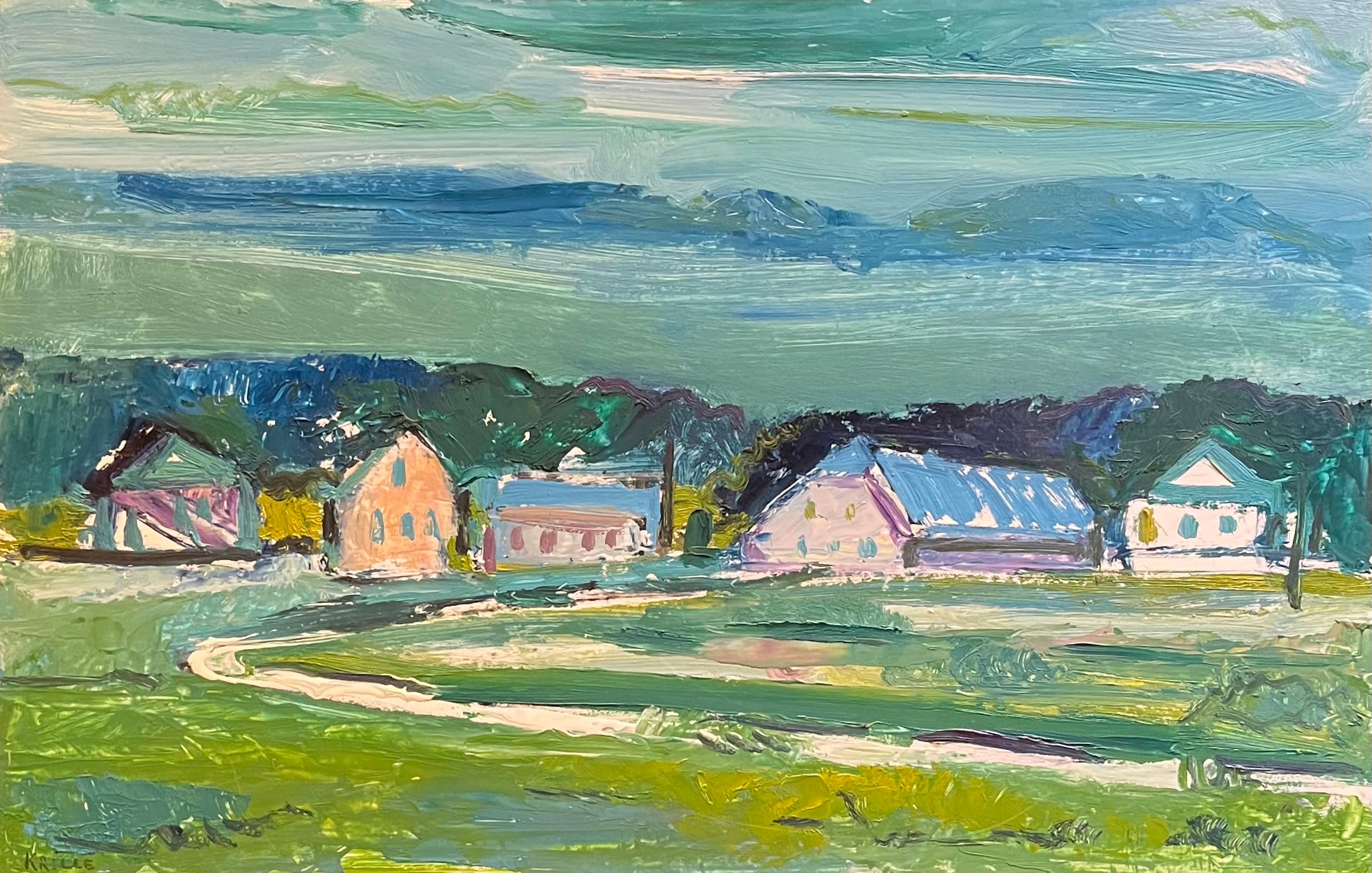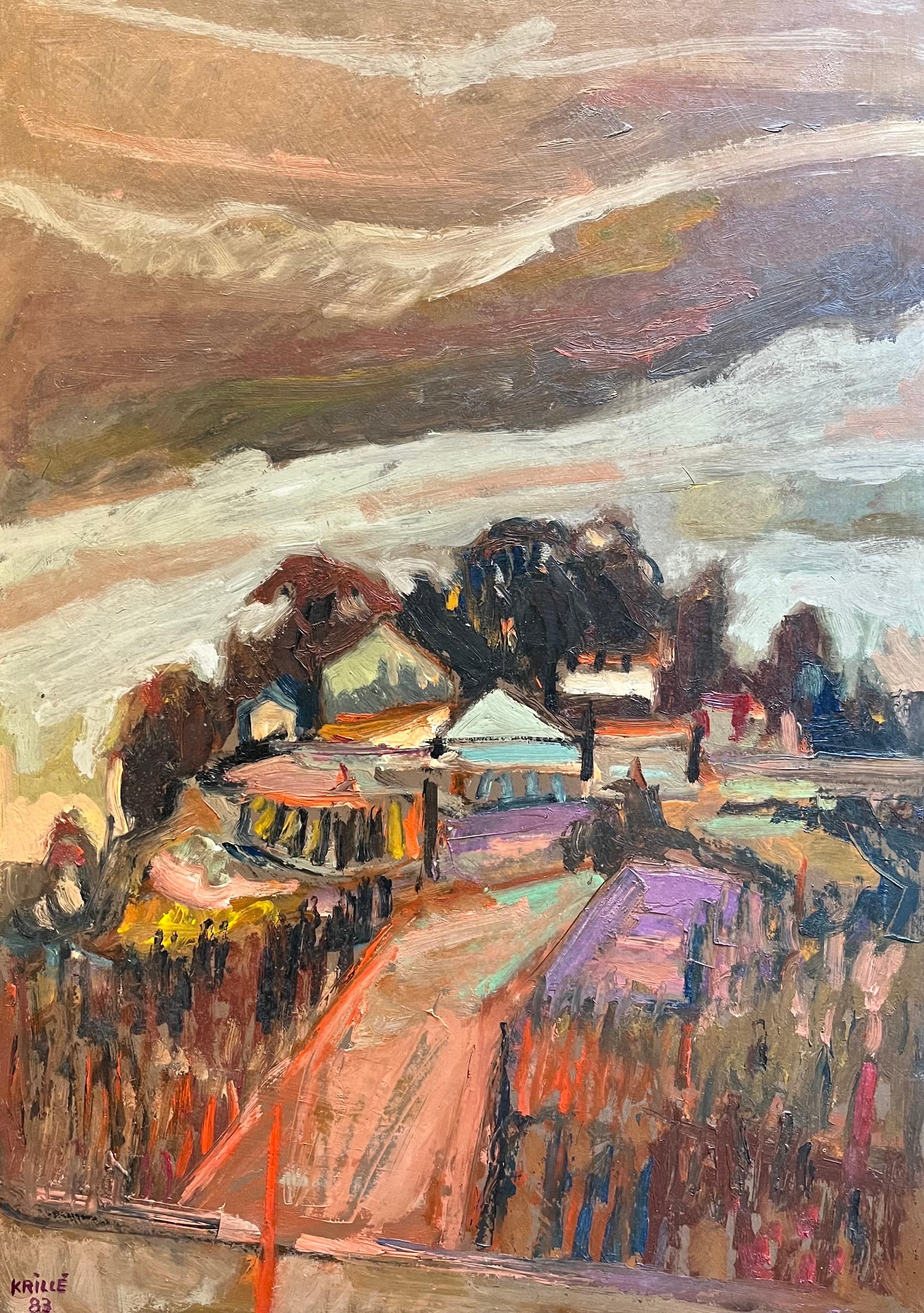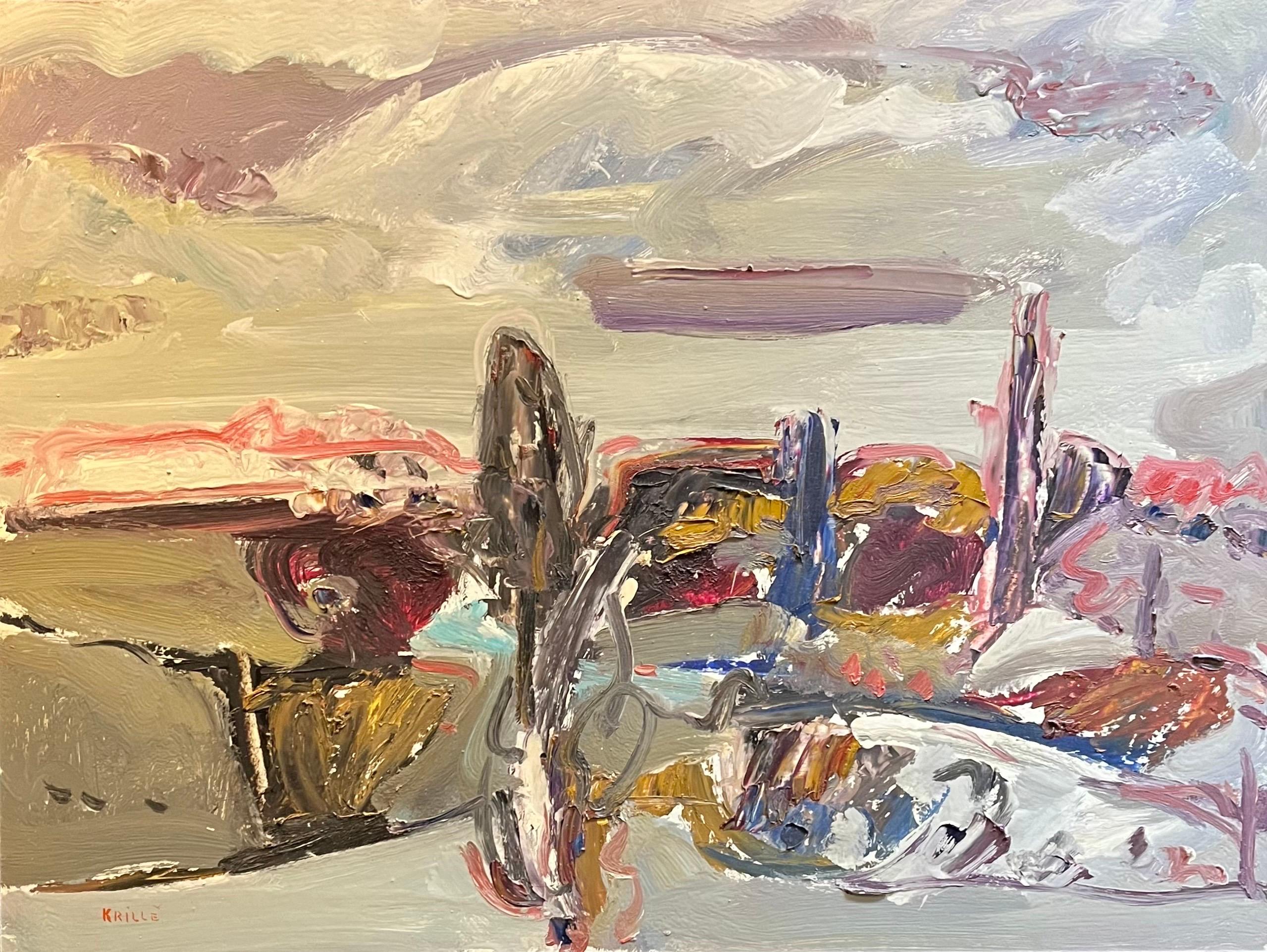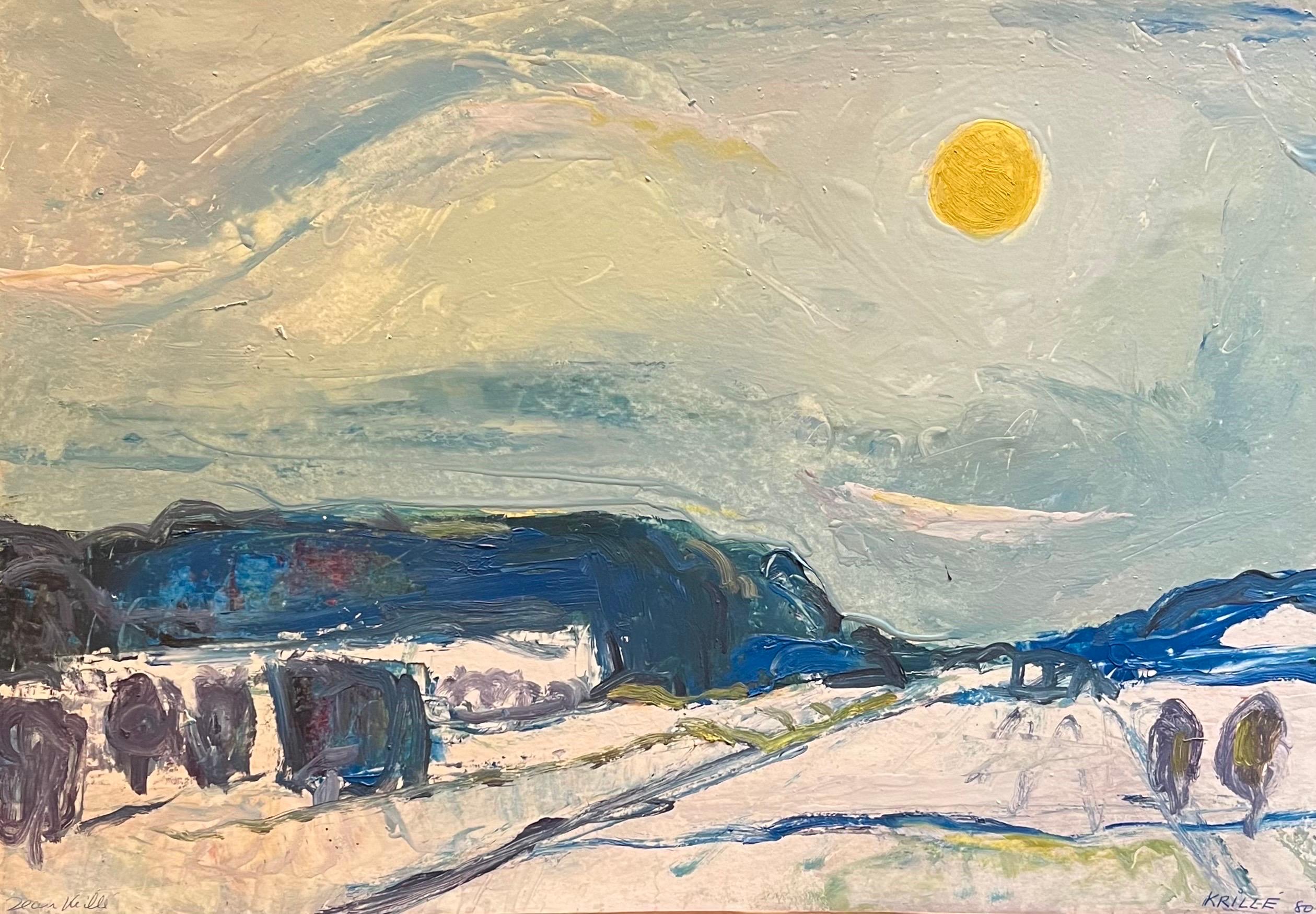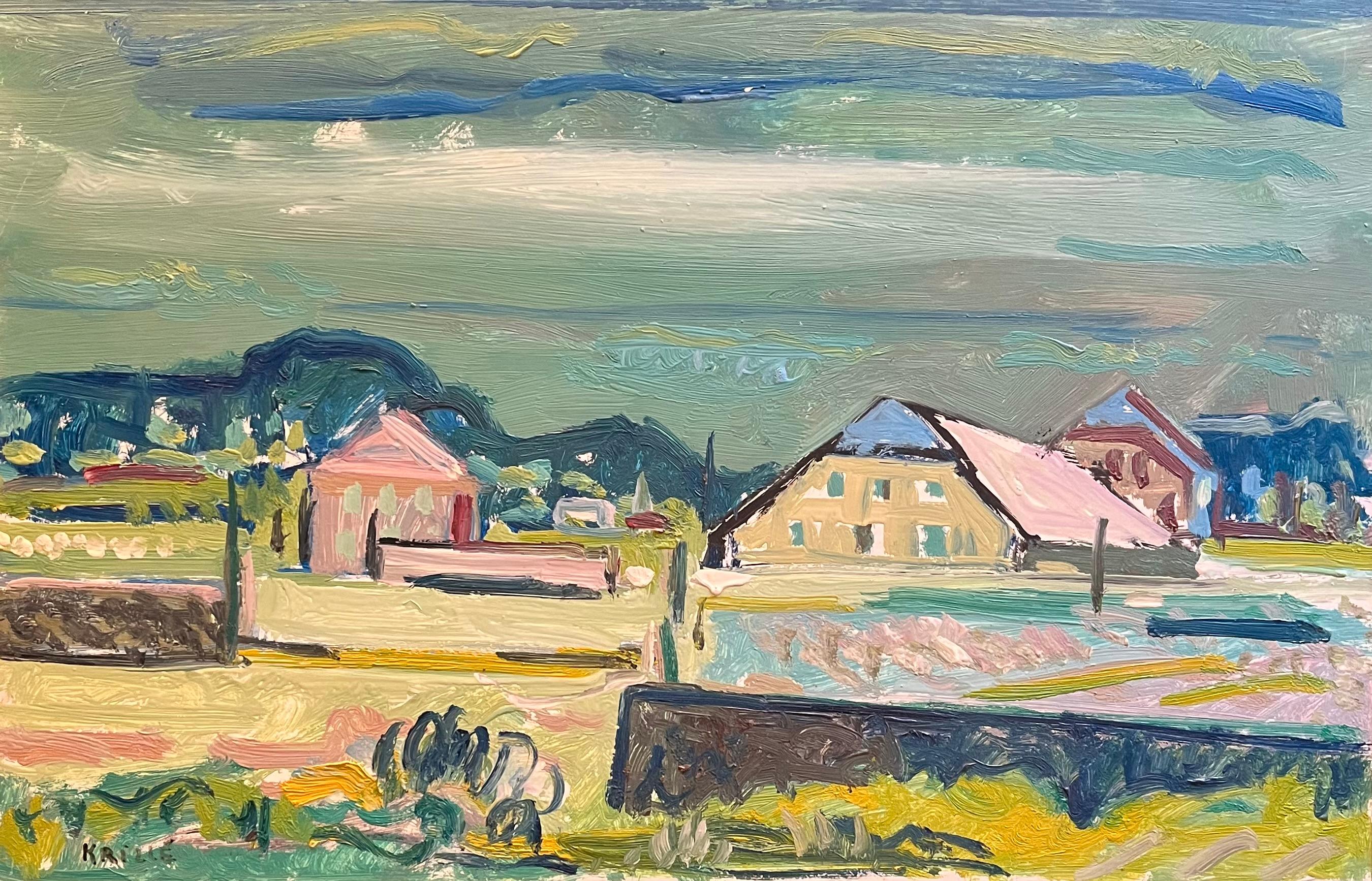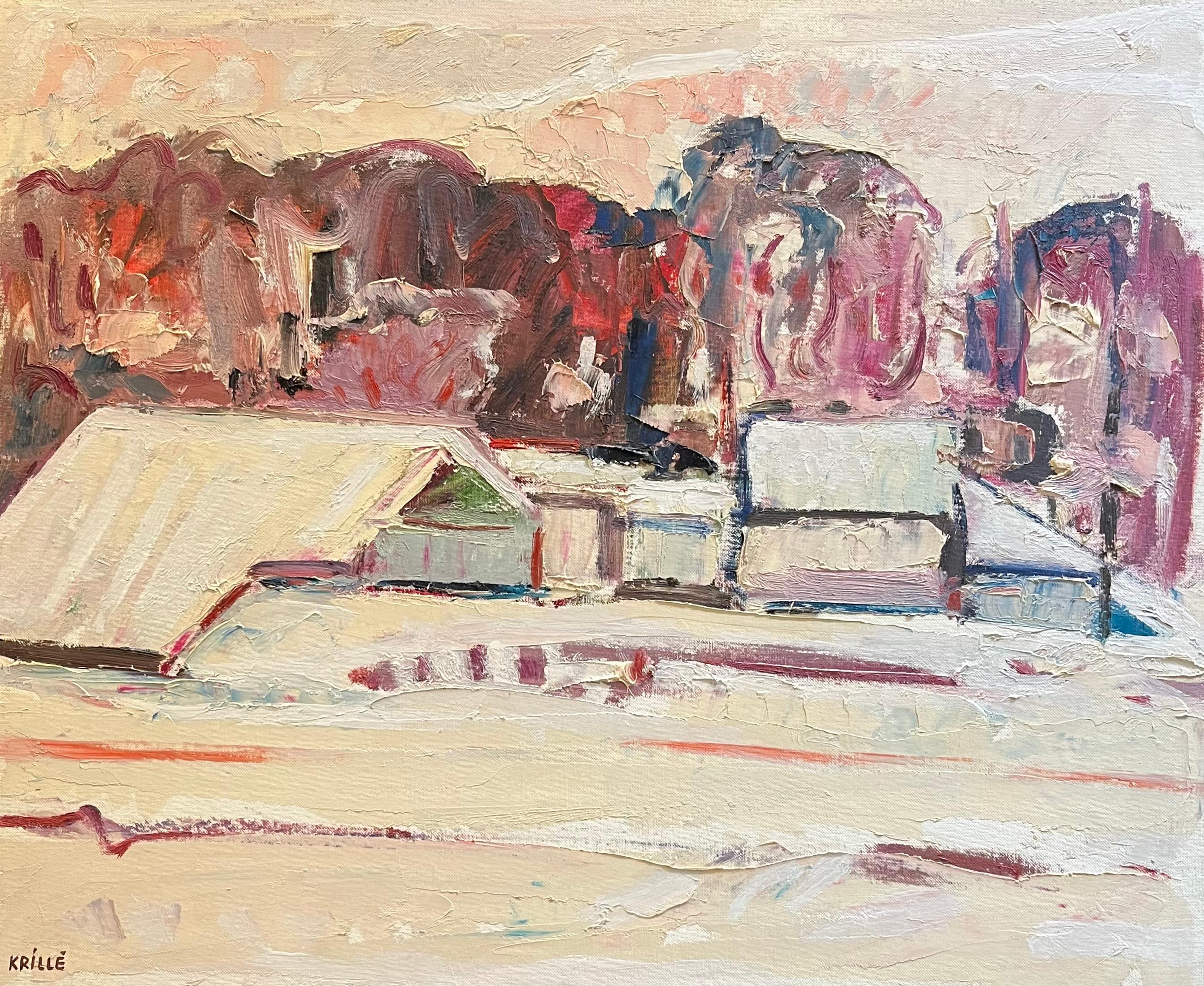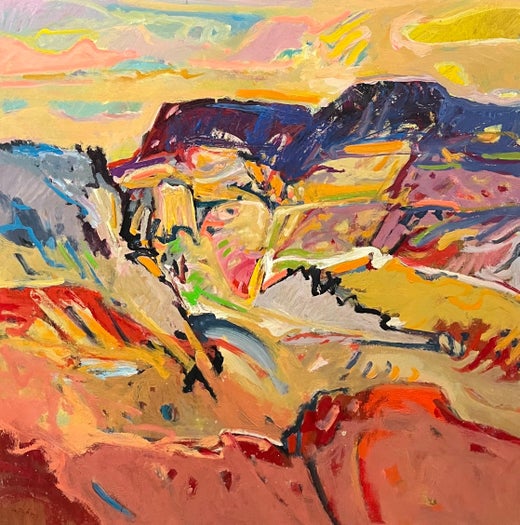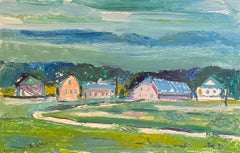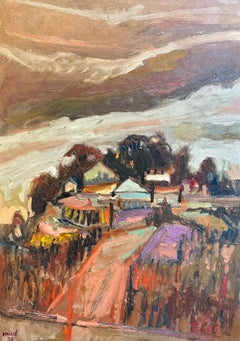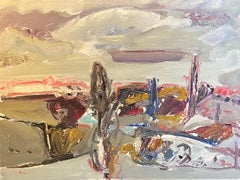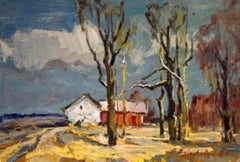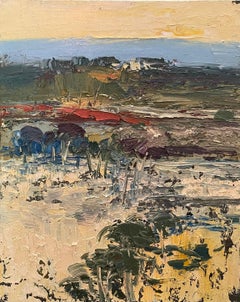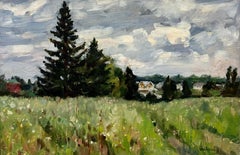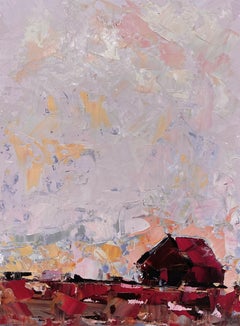Jean KrilleLandscape 137 by Jean Krille - Oil on Masonite 40.5x61 cm
About the Item
- Creator:Jean Krille (1923 - 2001, Swiss)
- Dimensions:Height: 16.15 in (41 cm)Width: 24.22 in (61.5 cm)Depth: 0.4 in (1 cm)
- Medium:
- Movement & Style:
- Period:
- Condition:
- Gallery Location:Geneva, CH
- Reference Number:1stDibs: LU1434215466672
Jean Krille
Jean Krille enrolled in the Ecole des Beaux-Arts in Zurich, furthering his studies at the Ecole des Arts in Vevey. His teachers there included the Swiss artist's Max Gubler, who painted in an Expressionist style, and Johannes Itten, who taught at Berlin's legendary Bauhaus. Krille also studied art history at the University of Bern. In 1945, he moved to Paris for five years and studied at the Ecole Nationale Superieure des Beaux-Arts while at the same time mixing with the Saint-Germain existentialists including Prévert, Sartre and Le Corbusier. In this period Krille also studied architecture and became a qualified architect. In 1955, he opened his own architectural office in Geneva, which allowed him, paradoxically, to devote himself to painting. An inveterate traveler, he made several painting trips around the world including several to Africa. Jean Krille exhibited widely and with success throughout Europe and the United States and was the recipient of numerous juried awards and prizes. Displayed in a swept, burnished-gilt frame.
- ShippingRetrieving quote...Shipping from: Geneva, Switzerland
- Return Policy
More From This Seller
View AllLate 20th Century Neo-Expressionist Landscape Paintings
Masonite, Oil
Late 20th Century Neo-Expressionist Landscape Paintings
Masonite, Oil
Late 20th Century Neo-Expressionist Landscape Paintings
Masonite, Oil
Late 20th Century Neo-Expressionist Landscape Paintings
Masonite, Oil
Late 20th Century Neo-Expressionist Landscape Paintings
Masonite, Oil
Late 20th Century Expressionist Landscape Paintings
Canvas, Oil, Cardboard
You May Also Like
1960s Impressionist Landscape Paintings
Oil, Cardboard
21st Century and Contemporary Expressionist Landscape Paintings
Canvas, Oil
1990s Post-Impressionist Landscape Paintings
Oil
2010s Expressionist Landscape Paintings
Oil, Board
2010s Contemporary Landscape Paintings
Wood, Oil
21st Century and Contemporary Modern Paintings
Oil
